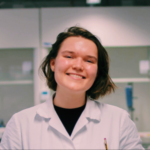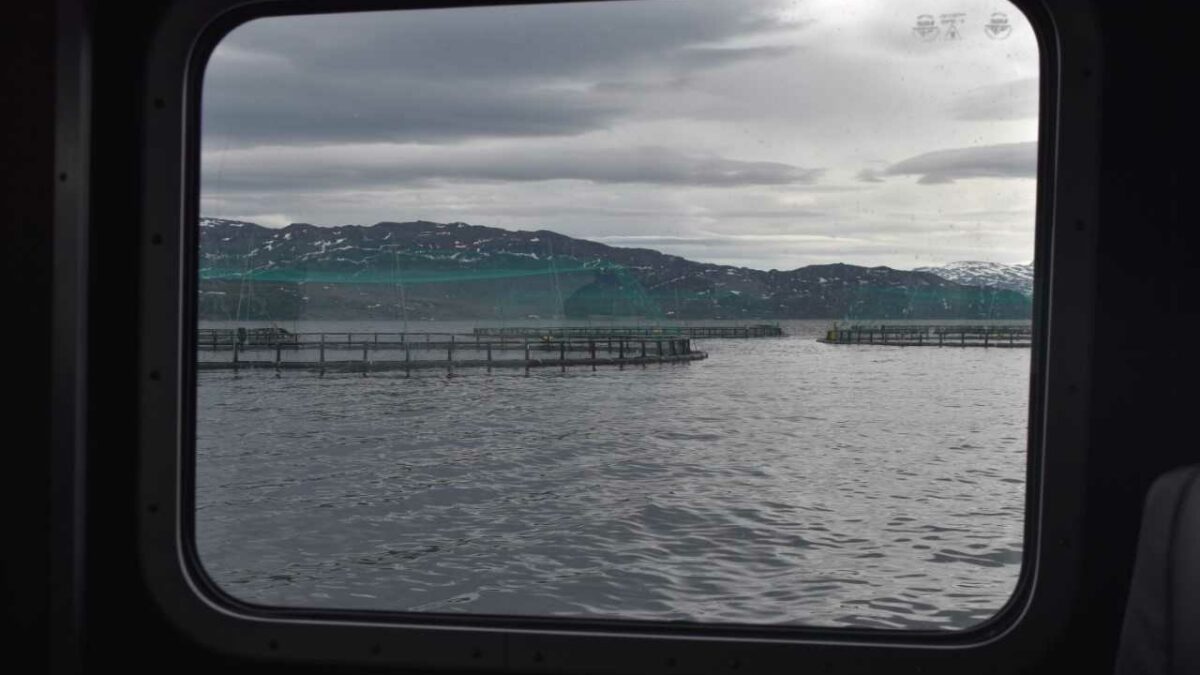Genome editing finfish: What can we do, and what should we do?
Genome editing technologies offers new possibilities to alter living organisms, and aquacultured finfish are one of the targeted groups. But what are the scientists doing with this technology, and are any of the solutions sustainable?
Finfish aquaculture world-wide is struggling with challenges like escapees, diseases, inbreeding and environmental pollution. Genome editing has been proposed as a solution to some of these issues. Genome editing includes a range of different technologies, but the most used by far is CRISPR/Cas. This tool is considered the easiest one to use, the cheapest and the most efficient.
The hope and the hype is that CRISPR can solve some of the above-mentioned problems in a sustainable way. The NTNU and GenØk based research project CRISPRsalmon asks what possibilities this technology offers, and whether we should use it in the aquaculture industry. To answer these questions, we had to start with a review of the current research landscape. We set out to map how far the research on genome editing on finfish has come and what we can do with this technology. The review was recently published in Reviews in Aquaculture.[1] We will now elaborate on some of our main findings.
Which species are being used in CRISPR experiments?
Several finfish species have been used for genome editing in research. When cross checking these with the list of the most produced species from the Food and Agriculture Organization (UN), we see that 19 different aquacultured finfish species have been used for genome editing research so far. The most used species is the Nile tilapia, which is the third most produced species globally. Second comes the Atlantic salmon, only the ninth most produced species, however the main species produced in Norway. In 2020, 290 million Atlantic salmon were bred in the Norwegian shores. This shows the significance of research and development in salmon farming compared to aquaculture with other species.
What traits are being targeted in research?
The Norwegian salmon industry struggles with sustainability issues such as escapes, salmon lice and diseases. The traits researched so far in the Atlantic salmon using genome editing are sterility, pigmentation and omega-3 production. There are several reasons why altering either one of these traits can be beneficial to the industry.
The most apparent example is sterilizing salmon. If we produce a sterile salmon, it will not be able to interbreed with wild stocks if it escapes. This prevents reproductive genetic pollution of the wild species and seen in isolation it clearly contributes to sustainability.
Removing genes for pigmentation is used as a tool to trace successful genome editing, as those individuals that are genetically changed will be without pigment, rendering a white or yellow color.
The research on omega-3 is more questionable regarding sustainability. This research focuses on how nutritious omega-3 oils are produced in the salmon and how this production can be enhanced. Omega-3 is established as good for the human health, and good health is the third sustainability goal. [2] The research is mainly aimed at production value and could be argued to contribute to economic sustainability. However, it would not solve the negative impacts on the environment, and not contribute to environmental or ecological sustainability as such.
When looking at all the 19 species identified, most of the research approaches traits such as reproduction and development (including sterility and fertility), growth, pigmentation and disease resistance, use of trans-GFP (green fluorescent protein) to track editing success, and finally omega-3 metabolism in salmon. Most of these studies states solving aquaculture challenges as their main objective. The remaining studies are basic research, and these studies are, in the long run, relevant for industrial farming as well. This indicates that the field of genome editing aquaculture finfish is on the rise, and several solutions are expected to be presented in near future.
All the salmon studies are Norwegian (first author being affiliated to a Norwegian institution), which says a lot about the hopes that is attached to the relevance and importance of research for future aquaculture in this country. It also shows how research-driven the Norwegian salmon aquaculture industry is.
What role does regulation play?
Regulation may serve as a promoter as well as a barrier to sustainable applications of genome editing. The current discussion focuses on whether genome edited organisms should be regulated as GMOs. The main arguments for less strict rules are that genome editing allows for mutations which could occur in nature and that current regulations hamper research and development of genome edited organisms. However, we find that stricter regulation does not hamper research. Norway has one of the world’s strictest GMO laws, while China has more relaxed regulation. In our research, we find that these countries are on equal footing when it comes to research on genome editing on finfish. These are two of the largest actors in the aquaculture industry, and we therefore see this as a more crucial factor for research on genome editing of finfish.
Are any of the solutions sustainable?
Fighting diseases by making fish disease resistant, avoiding genetic contamination in wild stock by making fish sterile, and increasing the omega-3 production are all solutions that arguably could aid in making aquaculture more sustainable.
However, these are isolated solutions to issues which have several dimensions. A sterile salmon would hinder escaped farmed salmon interbreeding with wild stock. However, we do not yet know the consequences of non-reproductive impacts farmed salmon has on wild stocks today, nor how an escaped sterile salmon interacts with wild salmon in this regard. Disease resistant salmon would be beneficial to animal welfare and production efficiency, but we do not know whether or how fast, pathogens and parasites will adapt to their changed host. Increased omega-3 production in salmon could increase the production value. But as mentioned, this would not be beneficial to the environment, rather it will most likely lead to increased production density.
Genome editing cannot save aquaculture alone. Even though genetic technology could reduce the negative impacts intensive fish farming has on welfare and the environment, this will enhance the urge for upscaling production. This means that new challenges will inevitably occur. Therefore, we must keep on researching what a sustainable aquaculture should look like. We encourage that this discussion considers our planet’s boundaries, to make sure the industry stays within a safe operating space. It is also relevant to discuss whether the process of genome editing is sustainable with regards toanimal welfare. The planet’s boundaries, the intrinsic value of animals, and the need for risk evaluation related to biological diversity must be approached in further research.
[1] https://doi.org/10.1111/raq.12571

Torill Blix
Torill is working as a PhD candidate on the CRISPRsalmon project in the ELSA group.

